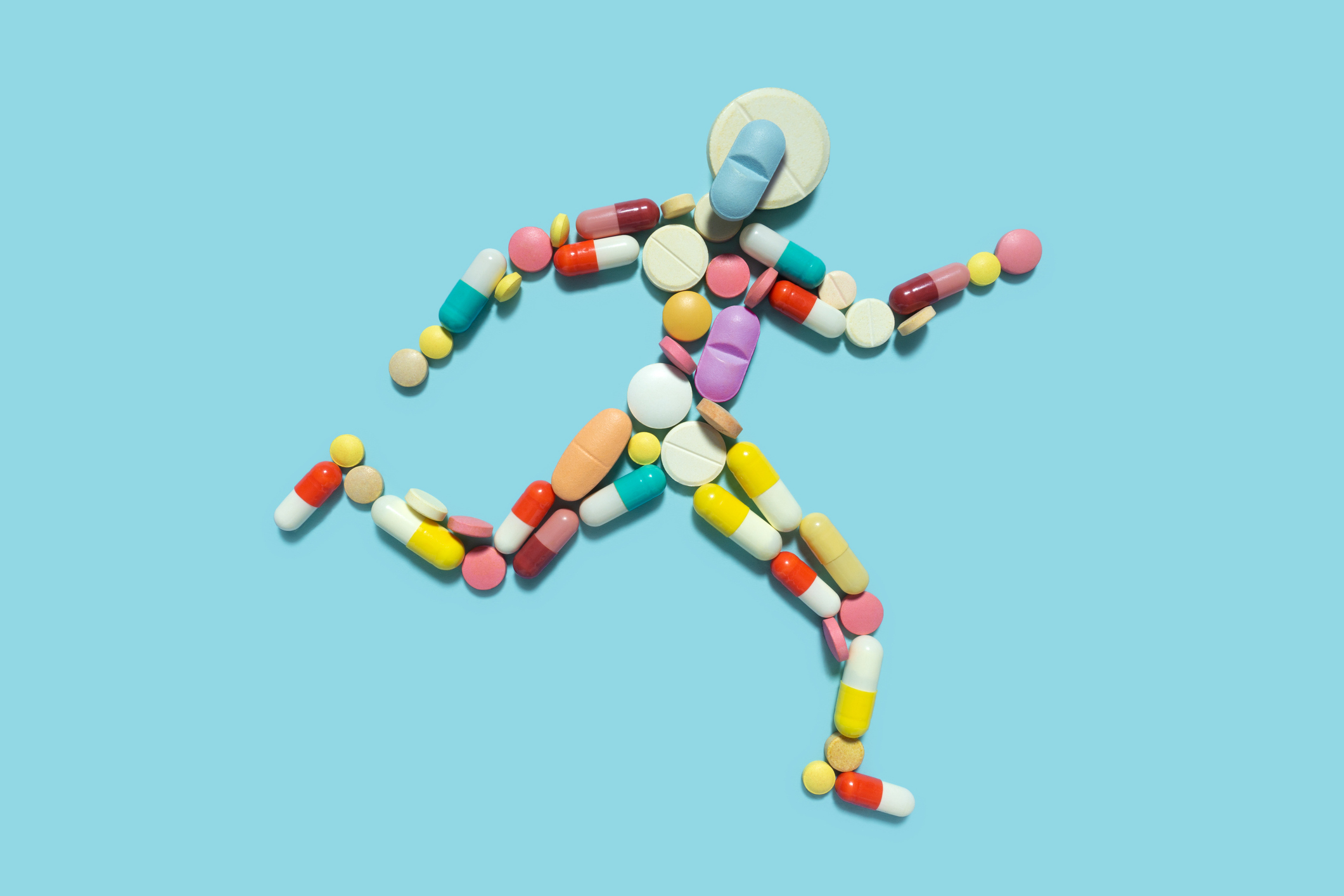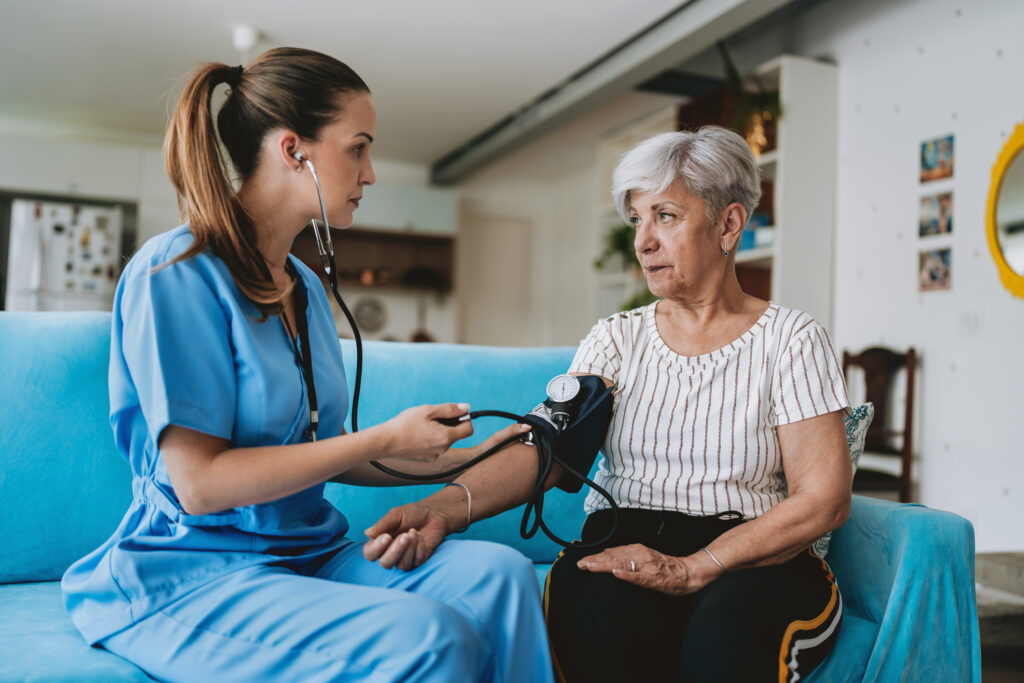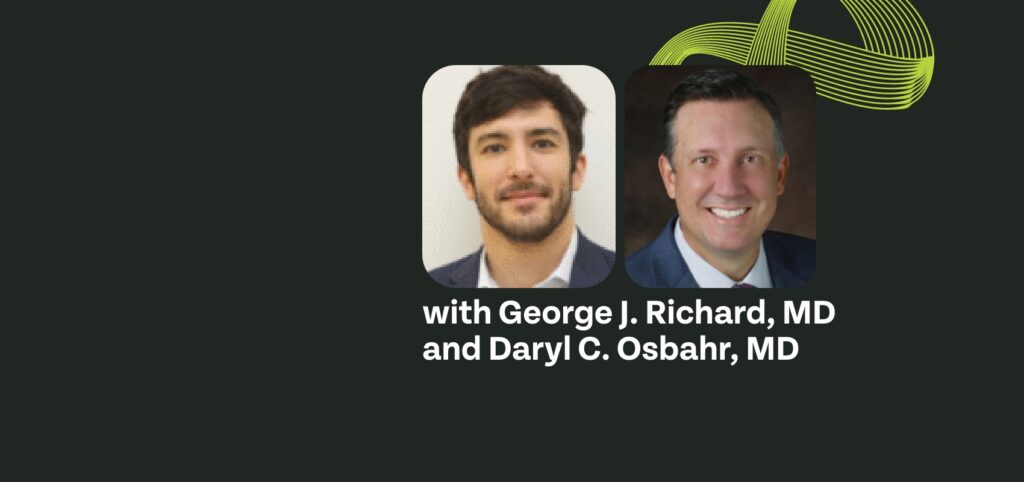As we were writing ACSM’s consensus statement on “Anabolic-Androgenic Steroid Use in Sports, Health and Society,” one piece of information that stood out to me was that users of anabolic-androgenic steroids (AAS) spent an average of 268 hours researching AAS before initiating use! That is a LOT of homework, and there is no way that the vast majority of us in sports medicine can match this degree of knowledge and research in an ongoing fashion. It can be intimidating when a patient or client knows more than we do on matters related to sport and performance. So, how do we keep up with all of this information?
Our understanding of the physiology and epidemiology of AAS use has undergone significant evolution over the past few years, and this recently published ACSM consensus statement provides a solid update on the issues at hand regarding AAS use and abuse. I encourage you to give this document a look, but some basic patterns to understand include:
- Contrary to popular perception of AAS use as primarily for performance enhancement, the majority of AAS users are male recreational athletes focused on increasing muscle size, rather than improving athletic performance per se. Muscle dysmorphia (aka “megarexia”) is a dominant risk factor for AAS misuse.
- Regarding patterns of use: over 99% of AAS users are injecting these drugs; 80% are “stacking” different AAS compounds; and 40% are using ancillary drugs to minimize side effects.
- AAS are Schedule III drugs with risk for physical and psychological dependence. With the increased use of testosterone as replacement therapy for aging men, or as part of gender affirming treatment for transgender males, more households will have ready access to AAS with greater risk for diversion of these drugs for non-medical use (similar to that seen with opiates and stimulants).
- Data on the long-term muscle-related effects of AAS exposure is somewhat nuanced with many variables, and it is a “hot button” topic with large implications for transgender females in competitive sport. Controlled studies with short-term AAS use in exercising adults seem to show transient increases in strength and muscle size that dissipate within several months. However, these studies probably don’t reflect “real life” dose and patterns of non-medical AAS use. Longer-term use appears to increase muscle cell numbers and myonuculei, which would seem to create the potential for permanent advantage regarding building strength and muscle hypertrophy. This is an area that will spark much additional work and ongoing debate.
The medical profession has little credibility among AAS users, with less than 10% perceiving physicians or pharmacists as knowledgeable on the topic. Unfortunately, this may be accurate, and has a historical foundation. The first ACSM position stand on AAS in 1977 stated that there was no conclusive evidence that large doses of AAS “either aid or hinder athletic performance.” However, anyone who was paying attention to the performance of Eastern Bloc athletes at the 1976 Olympics may have come to a different conclusion, and the medical profession has had a difficult time regaining an authoritative voice on this topic since then. The publication of ACSM’s pronouncement is an important step in that direction.
Our knowledge regarding the effects of AAS use will be increasingly tested as growing numbers of men are prescribed testosterone replacement therapy, and as legislation pertaining to sport participation by transgender athletes continues to proliferate. ACSM and the scientific rigor of our sports medicine community are helping us to reclaim credibility regarding use of AAS and other appearance and performance enhancing substances. Our consensus statement reflects the “state of the art” on the basic and applied science regarding the use of AAS in sport and beyond, and I would encourage you to take a few minutes to “up your game” on the subject and give it a read. Your patients, your athletes, and your community will be better for your effort.
Michele LaBotz, M.D., is a sports medicine physician who has been caring for athletes at all levels of participation since 1997. She is currently in private practice at InterMed’s sports medicine clinic in Maine.




